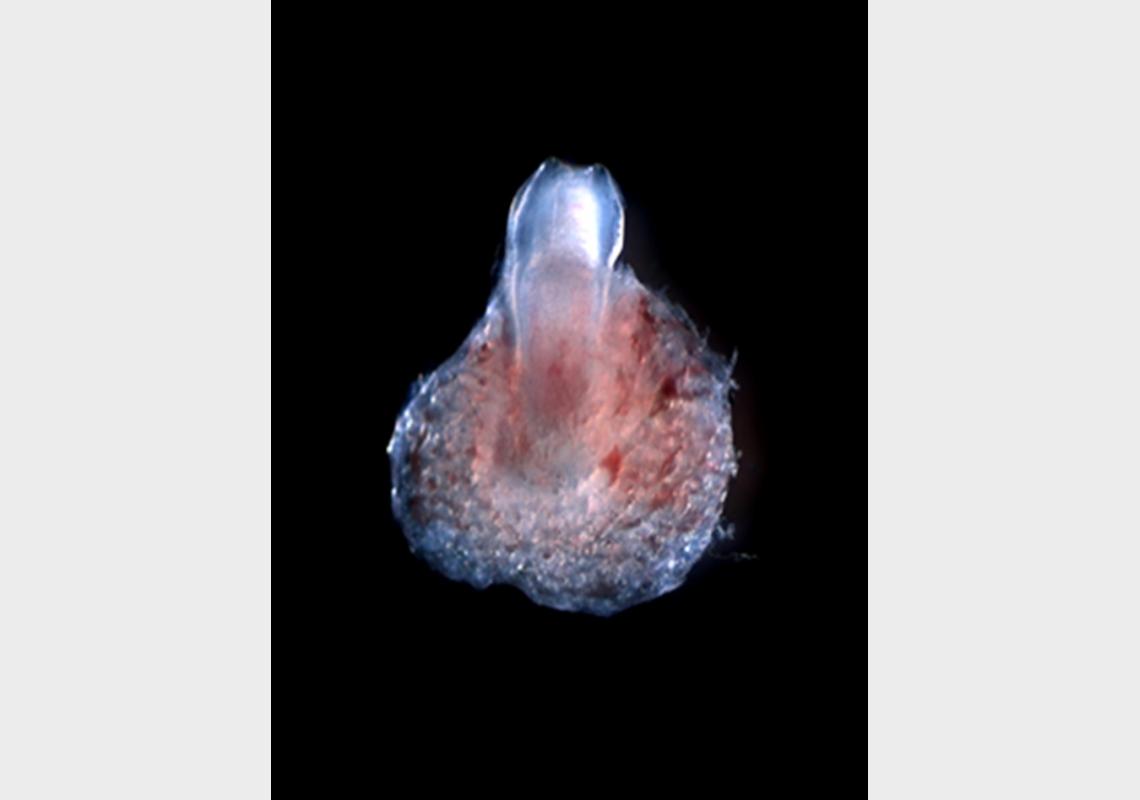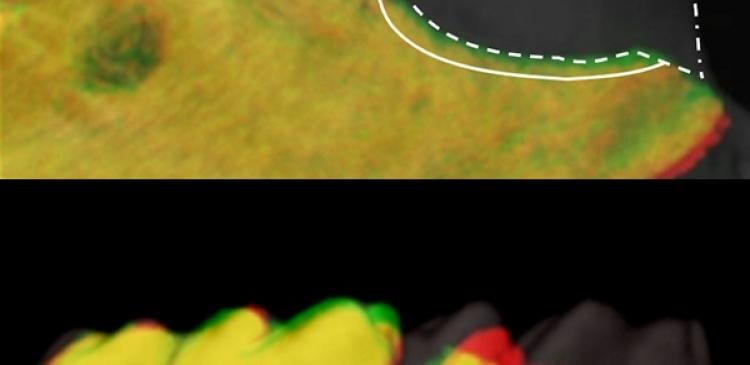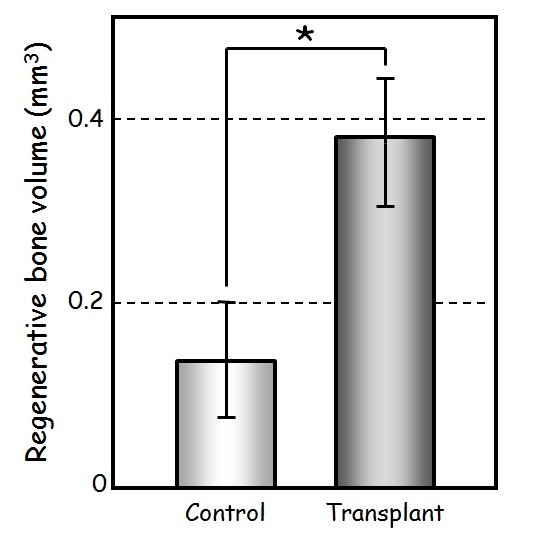The bioengineered tooth unit developed from bioengineered tooth germ.
FOR IMMEDIATE RELEASE
(The full press release is available for download. All images in the press release are available in high resolution. Please email [email protected] for high resolution images)
Donor organ transplantation is currently an essential therapeutic approach to the replacement of a dysfunctional organ as a result of disease, injury or aging in vivo. Recent progress in the area of regenerative therapy has the potential to lead to bioengineered mature organ replacement in the future. A research group led by Professor Takashi Tsuji (Professor in the Research Institute for Science and Technology, Tokyo University of Science, and Director of Organ Technologies Inc.) has provided a proof-of-concept for bioengineered mature organ replacement as a future regenerative therapy.
The research group, M. Oshima et al., reports a further development in this regard in which a bioengineered tooth unit comprising mature tooth, periodontal ligament and alveolar bone, was successfully transplanted into a properly-sized bony hole in the alveolar bone through bone integration by recipient bone remodeling in a murine transplantation model system.
The bioengineered tooth unit restored enough the alveolar bone in a vertical direction into an extensive bone defect of murine lower jaw. Engrafted bioengineered tooth displayed physiological tooth functions such as mastication, periodontal ligament function for bone remodeling and responsiveness to noxious stimulations. This study thus represents a substantial advance and demonstrates the real potential for bioengineered mature organ replacement as a next generation regenerative therapy.
Professor Tsuji is a research team member in “Health Labor Sciences Research Grant: Research on Regenerative Medicine for Clinical Application (Domain Leader: Professor Akira Yamaguchi of Tokyo Medical and Dental University)”. This research was collaborated research with Professor Teruko Takano-Yamamoto (Division of Orthodontics and Dentofacial Orthopedics, Graduate School of Dentistry, Tohoku University, Japan) and Professor Shohei Kasugai (Oral Implantology and Regenerative Dental Medicine Graduate School, Tokyo Medical and Dental University, Japan). It was announced in an Advance Online Publication in “PLoS ONE (http://www.plosone.org)” journal on July 12th, 2011
Three-dimensional superposition of micro-CT images of natural dentition (gray, double dotted line), a transplanted bioengineered tooth unit (lower) and a no transplantation control (upper) at day 0 in an extensive bone defect (red, straight line), and at 45 days after transplantation (green, dotted line). The superior edges of the recipient alveolar bone are indicated by each line.





